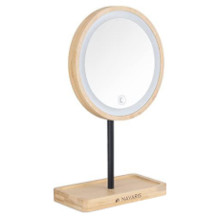Smart scales purchasing advice: how to choose the right product
- The most important facts in brief
- Using bioelectrical impedance analysis, which passes a weak alternating current through the body, body fat scales determine not only weight but also fat percentage.
- High-quality analysers even measure muscle and bone mass, water retention, heart rate and pulse.
- Most body fat scales are equipped with four foot sensors. Additional hand sensors ensure more accurate measurement results.
- WLAN or Bluetooth-enabled devices allow the analysis values to be transferred to an app so that users can view the data in a wider context.
- For the most reliable results, always use standardised measurement conditions when weighing.
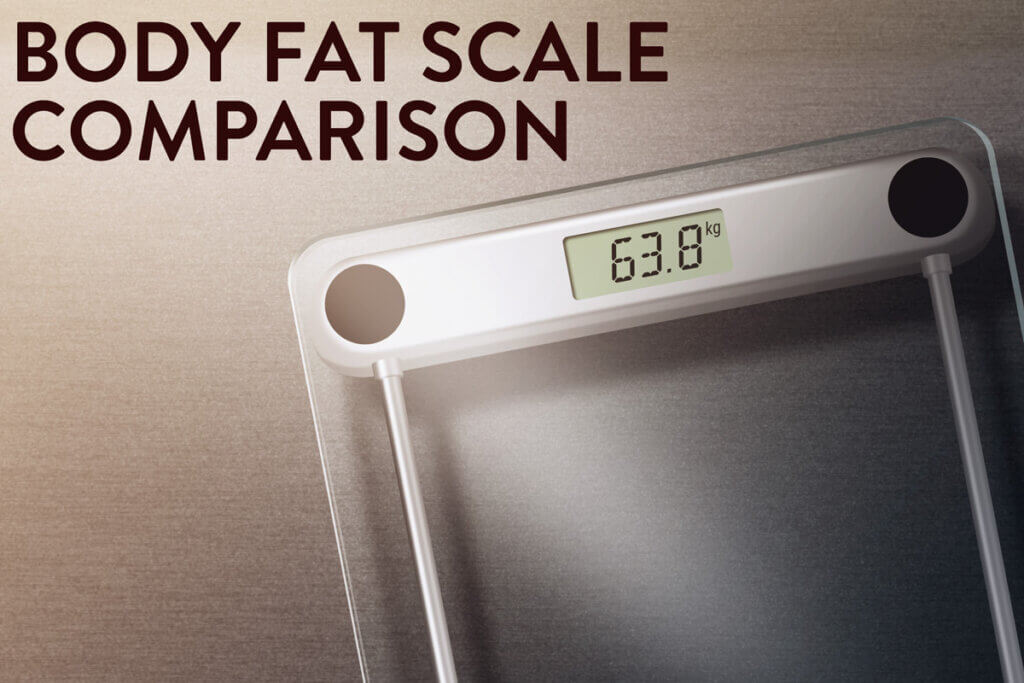
Measuring body fat – uncomplicated from home
Fat fulfils various functions in the body. For example, it serves as an energy store and as a producer of important messenger substances. The fatty tissue on the subcutis protects against heat loss, and on the sole of the foot it acts as a supportive pressure pad. Thus, fat deposits are vital, but in excess they can be dangerous. Fat accumulates most extensively in the abdomen and buttocks. Especially the cells in the abdominal cavity, also known as visceral fat, produce hormones and messenger substances that can cause damage in the body, for example in the blood vessels. Among other things, they increase the risk of a heart attack or stroke.
What percentage of body fat is considered normal?
A healthy value for normal-weight women is between 20 and 30 percent, for men between 10 and 20 percent fat (in relation to body weight). The following table provides more precise reference values for different age groups, divided into values for women and men.
The reference values for women in percent:
| Low | Normal | High | Very high | |
| 20 to 39 years | < 21,0 | 21,0–32,9 | 33,0–38,9 | ≥ 39,0 |
| 40 to59 years | < 23,0 | 23,0–33,9 | 34,0–39,9 | ≥ 40,0 |
| 60 to79 years | < 24,0 | 24,0–35,9 | 36–41,9 | ≥ 42,0 |
Reference values for men in percentages:
| Low | Normal | High | Very high | |
| 20 to39 years | < 8,0 | 8,0–19,9 | 20,0–24,9 | ≥ 25,0 |
| 40 to59 years | < 11,0 | 11,0–21,9 | 22,0–27,9 | ≥ 28,0 |
| 60 to79 years | < 13,0 | 13,0–24,9 | 25,0–29,9 | ≥ 30,0 |
However, the body fat percentage depends not only on gender and age, but also on the nutritional or fitness status. Accordingly, the fat store is smaller in athletes. In competitive sports, it is often even less than ten percent for men.
Stagnation on the scales?
Not only athletes are concerned about their health. In addition to a balanced diet and sufficient exercise, many people set their sights on a low body fat percentage. Those who then step onto the scales after a consistent phase and notice that almost nothing has changed in terms of weight are initially frustrated. However, this does not necessarily mean that the training has not paid off. After all, you can always assume an increase in muscle mass – and fat weighs less than muscle.
In this case, a body fat scale is helpful. In addition to your weight, it also shows the percentage of fat in your body and supports you on your way to your desired weight.
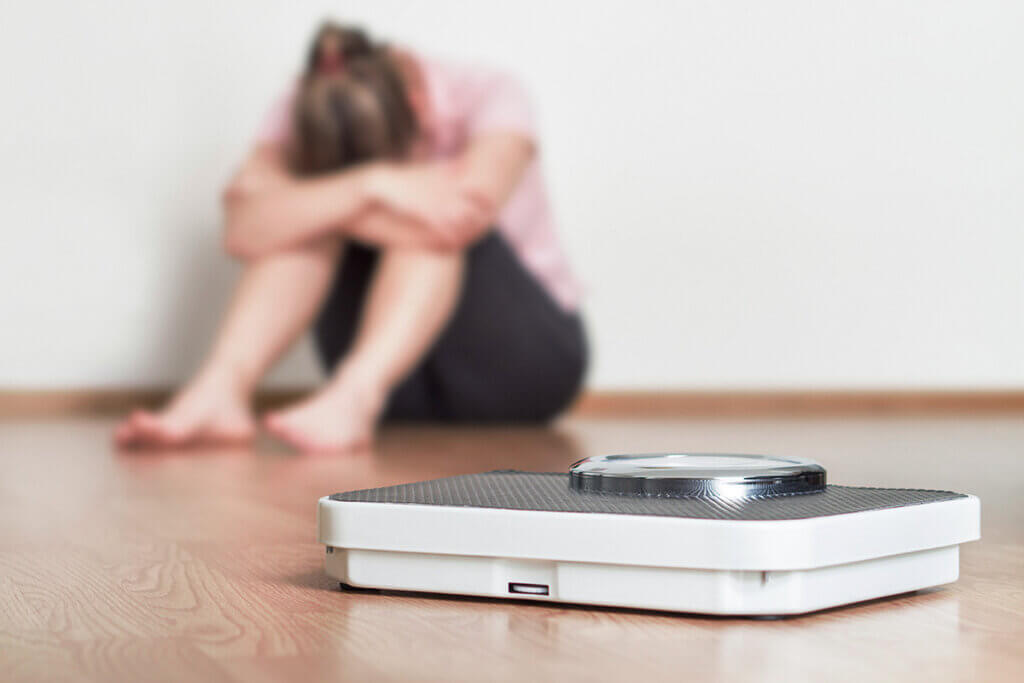
Analysing instead of weighing: How it works
If you not only want to reduce your weight, but also monitor the composition of your body, a personal scale with fat measurement is ideal. To measure the body fat percentage, the scale uses the so-called bioelectrical impedance analysis (BIA). Bioelectric” refers to the electrical processes in living organisms, and “impedance” refers to the resistance of alternating current. First the scale determines the weight, then the electrical resistance. To do this, a very weak alternating current is passed through the body via the feet. The background: fat conducts electricity worse than muscle tissue and water. From the variables age, height, weight and resistance, the scale calculates the fat percentage within a few seconds. Consequently, you have to enter your age and height in the system before the measurement.
Is the BIA dangerous?
Bioimpedance analysis sounds more dangerous than it is. The current pulse is not noticeable and is usually harmless. However, people with pacemakers and pregnant women should not use body fat scales to be on the safe side.
In addition to the fat percentage, some models calculate other analysis values such as the body mass index (BMI). This indicates the ratio of body weight to height. For 30- to 50-year-old men, for example, a value between 20 and 25 is normal, for women of this age the normal value is between 24 and 29.
Other health and fitness-related values that some body fat scales can calculate are the following:
- Body water in percent
- Muscle mass in percent
- Skeletal muscle mass in percent
- Heart rate and pulse
However, these are only approximate values and can by no means be compared with clinical measurements taken by a specialist.
From classic to high-tech: the types
Body fat scales are generally digital personal scales. They can be divided into three types, which differ in terms of their purpose and range of functions:
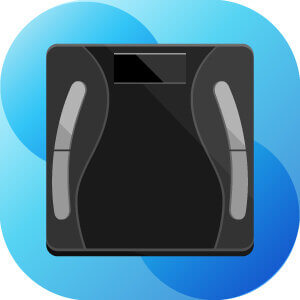
Simple body fat scales
Simple body fat scales only evaluate the fat percentage of the body. From this information you can neither find out where exactly the fat is stored, nor how other components such as bones, organs and water retention contribute to your weight. Due to the limited range of functions, the operation of pure body fat scales is comparatively uncomplicated. The entry-level devices are the right choice if you primarily want to reduce an excessive body fat percentage and track the process.
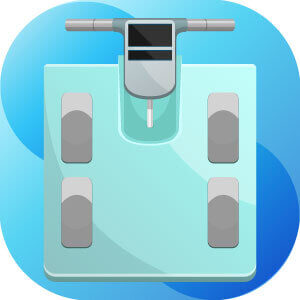
Body composition scales
The range of functions of body analysis scales goes far beyond the spectrum of ordinary body fat scales. In addition to the fat percentage in the body, they can also measure components such as bone mass, muscle percentage, visceral fat and stored water. In addition, different profiles can be created. The initial set-up is correspondingly more extensive. These models are a good compromise between entry-level devices and professional diagnostic scales. That is why they are not only interesting for doctors and competitive athletes, but also for private households.
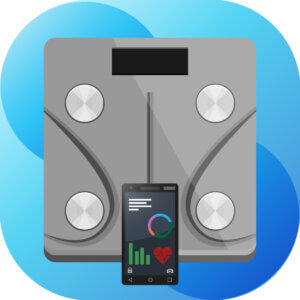
Diagnostic scales with special functions
Professional diagnostic scales also calculate the basic calorie consumption. They are also often WLAN- or Bluetooth-enabled. These interfaces allow the measurement results to be transferred to a smartphone or tablet; users can then evaluate them in an app. Additional hand sensors make the measurement result more precise, but are reflected in a higher purchase price. Due to the comprehensive measurements, they are primarily of interest to professional athletes.
What matters when buying
When buying a body fat scale, you should pay particular attention to the sensors, the way it works and the data transmission. Other factors such as ease of use, maximum payload and safety precautions also play a role in the decision.
The sensors: accuracy as the top criterion
Most body fat scales are equipped with four sensors on which you place your feet. This means that there are two electrodes on each of the two feet, through which a current is sent through the body. In this way, however, body fat is only measured in the lower half of the body, as the current prefers to choose the path of least resistance. The analysis is therefore not accurate: it cannot identify the places where the fat is located, for example in the abdomen.
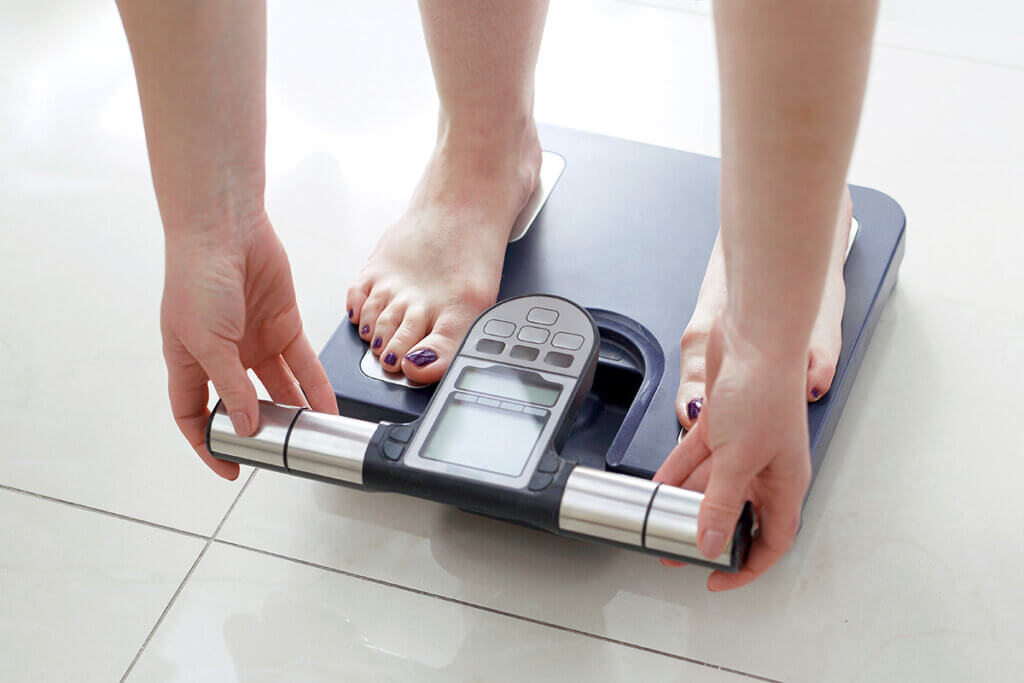
The more sensors there are and the further apart they are, the more precise the result. Some models have up to 18 foot sensors. Furthermore, additional hand sensors allow the alternating current to flow through the whole body. However, you will have to invest more for this.
The functions: For different objectives
Depending on the model, body fat trolleys have different functions. Which you need depends on your personal goals. Do you only want to measure the gross fat percentage of your body or are you perhaps also interested in your muscle mass, BMI or calorie basal metabolic rate? Some devices even record bone mass, heart rate and pulse, others track nutrition. Athletes in particular benefit from additional functions to optimise their training and nutrition as precisely as possible.
If you share the scale with other family members or flatmates, multiple memory locations are a must. The scales automatically recognise between 4 and 16 users. In addition, they often have a guest mode. This allows you to monitor your development independently of each other over a longer period of time. Otherwise, you would have to re-enter all relevant values such as age, gender and height into the system before each use.
Data transmission: Measured values in a larger context
The analysis data alone are usually not meaningful. If you want to lose weight or build muscle mass, you need to relate the measured values to your diet and training. With the help of apps, you can view your weight fluctuations in a larger context, for example clearly in a graph or table. To comfortably evaluate the results on your smartphone, tablet or notebook, you need “smart” body fat scales that are WLAN or Bluetooth enabled. This not only allows you to keep an eye on your progress, but also to link the results with several fitness tracking apps. However, before purchasing, make sure that your mobile device is compatible with the respective apps.
Wireless data transmission is usually more user-friendly, but there are also scales that allow wired transmission. Make sure that the scale has automatic data synchronisation; this makes it even easier to connect to a terminal.
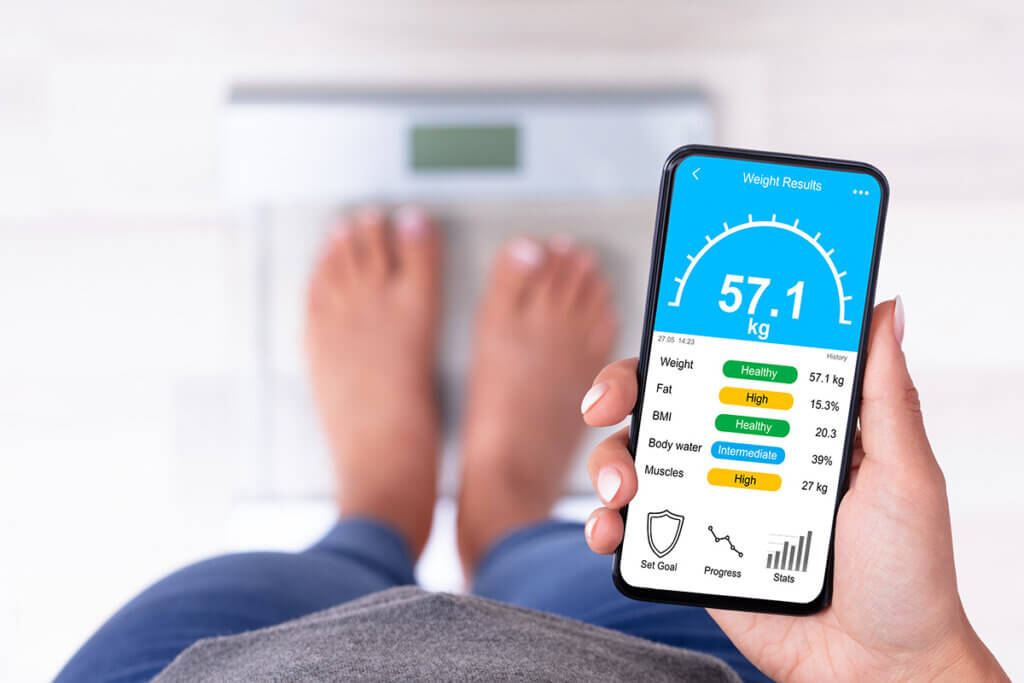
Other factors: from display to load capacity
A noble design made of stainless steel or glass does not hurt, but much more important is a bright and above all clear LED or LC display with high-contrast colour gradations for good readability. The scale should be intuitive to operate and have fine graduation in 100-gram increments. An automatic on/off switch saves battery power, which not only benefits your wallet but also the environment. Non-slip feet also ensure a secure stand in the bathroom.
Normally, the load capacity is between 150 and 200 kilograms. If your body weight is higher, you can sometimes find one in a special shop. However, do not exceed the specified maximum weight, as in this case the scale will either display an error message or even be damaged.
What does “BF” mean?
Some body fat scales display the abbreviation “BF”, which stands for “Body Fat” and translates as body fat. Due to international production, this concise abbreviation has now become established among many suppliers.
Rules of conduct to increase measurement accuracy
Even the highest-quality high-tech body fat scales cannot deliver 100 per cent accurate results. But how can you at least ensure that the measurement is as reliable as possible?
Depending on the conditions under which you stand on your body fat scale, the measurement results can differ. Among other things, it plays a role when you weigh yourself. Digestion is responsible for this, which can have a negative effect on accuracy. Therefore, it makes sense to always use your body fat scale in the morning, ideally before breakfast. In this case, the last meal was already several hours ago, so fewer deviations are to be expected. However, it is more important that you always take the measurement at the same time.
Further rules of conduct:
- Remove all clothing and jewellery such as necklaces and watches.
- Make sure the bottoms of your feet are dry.
- Do not get on the scales in a sweat.
- Ideally, measure with an empty bladder.
- Stand on the scale with a clear distance between your feet.
- Never take several measurements in a row.
- For comparative values, take one measurement in the morning and another in the evening.
- Always leave the scale on the same surface, preferably tiles or parquet.
- Make sure that the humidity is not too high – for example, if you weigh yourself directly after showering.
Although following these guidelines will help to achieve a certain degree of accuracy, you can only obtain serious values with professional equipment. However, the exact fat percentage is not decisive for most consumers anyway. Rather, they want to keep an eye on their development. If you want to know more precisely, you should visit a doctor’s office specialising in obesity or a sports physician. These have MRIs or machines that use low-dose X-rays. However, you should be aware that the cost of such analyses can be up to one hundred euros.
The cheap alternative: calculate your BMI yourself
To calculate your BMI yourself, all you need is an ordinary bathroom scale, a tape measure and a calculator. Measure your weight and height and use the following formula: Body weight (in kilograms) divided by height (in metres) squared. A normal BMI is between 18.5 and 25.0, but unlike a body fat scale, it does not distinguish between muscle and fat tissue.
Image 1: © FinalCheck | Image 2: © terovesalainen / stock.adobe.com | Images 3-5: © FinalCheck | Image 6: © Robert Przybysz / stock.adobe.com | Image 7: © Andrey Popov / stock.adobe.com

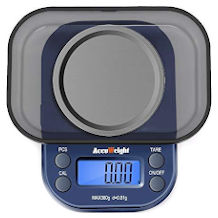
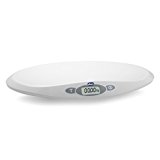
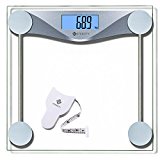
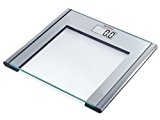
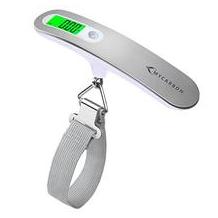
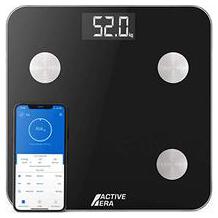
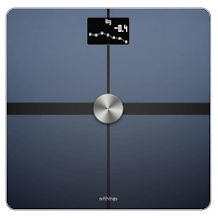
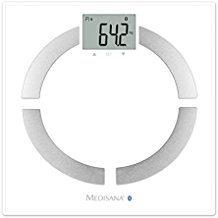
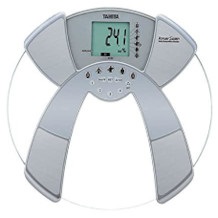

 8,647 reviews
8,647 reviews
